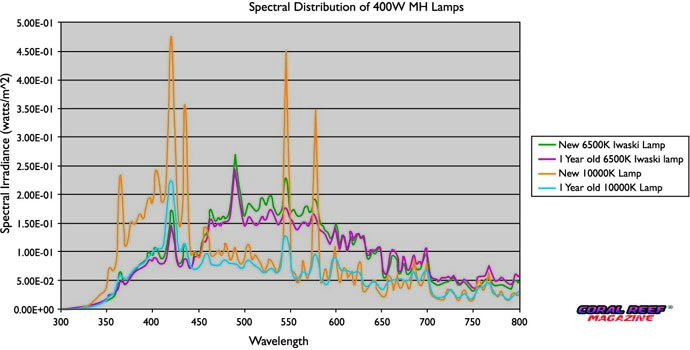- Joined
- Feb 20, 2020
- Messages
- 137
- Reaction score
- 119
This is something that I've been wondering about without knowing how to shorten my question to simple keywords. Does a blended spectrum change available energy for photosynthetic plants and critters versus the individual contributions from each wavelength? I understand the concept of PAR/PUR/j/mol and that certain wavelengths are more usable to corals and plants based on what type of chlorophylls/plasts they have. I just personally can't stand the look of actinic light and am trying to figure out if it is fine for the health of my tank if I adjust the color to what I'd like.
If you are running 10 Watts of Blue/Violet/UV and 2 watts of white light versus 10 Watts of Blue/VIolet/UV and 5 watts of white, is there any loss in contribution from the Blue/Violet/UV because of the addition of the white?
If you are running 10 Watts of Blue/Violet/UV and 2 watts of white light versus 10 Watts of Blue/VIolet/UV and 5 watts of white, is there any loss in contribution from the Blue/Violet/UV because of the addition of the white?
















